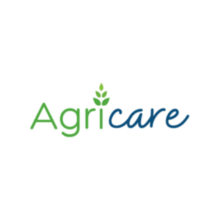

A confined space on a farm is considered any area that meets at least two (2) of the following criteria:
(1) A space large enough for a person to enter
(2) A space with limited or restricted entry and exit ways
(3) A space that is not designed for continuous occupancy
Common Examples on Farms
Why It’s Dangerous
Confined spaces are dangerous on a farm because they often contain hidden and life-threatening hazards that can quickly overwhelm a person. These include:
Some spaces (like manure pits or silos) can have low oxygen levels, making it hard or impossible to breathe.
Decomposing organic material can release dangerous gases like hydrogen sulfide, methane, or ammonia, which can cause unconsciousness or death in minutes.
Loose grain, feed, or manure can shift and trap or suffocate a person, especially in bins or pits.
Small openings make it hard to get out quickly or for rescuers to reach someone in trouble.
Confined spaces may be dark, wet, or slippery, increasing the risk of falls or injuries.
People may not recognize the space as hazardous or may enter without proper training or safety equipment.
Because of these risks, confined spaces require strict safety procedures, including:
(1) Ventilation
(2) Gas monitoring
(3) Communication systems
(4) Emergency plans
More coming soon
Coming soon
The AgriCare NL website is funded by the Sustainable Canadian Agriculture Partnership.
Sustainable CAP is a five-year, $3.5 billion investment by federal, provincial and territorial governments to strengthen the competitiveness, innovation and resiliency of Canada’s agriculture, agri-foods and agri-based products sectors. This includes $1 billion in federal programs and activities and a $2.5-billion commitment that is cost-shared 60 per cent federally and 40 per cent provincially/territorially for programs that are designed and delivered by provinces and territories. Sustainable CAP supports initiatives to provide mental health and wellness resources to the Newfoundland and Labrador agriculture and agri-foods industry.
Kylie Stokes, M.A.C.P.
AgriCare NL Program Coordinator
Newfoundland & Labrador Federation of Agriculture
6 Mount Carson Avenue, Suite 106
Mount Pearl, NL
A1N 3K4
(709) 747-4874 ext. 210

